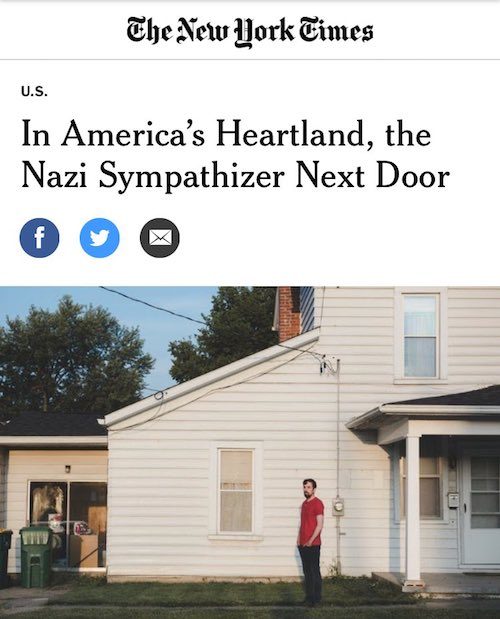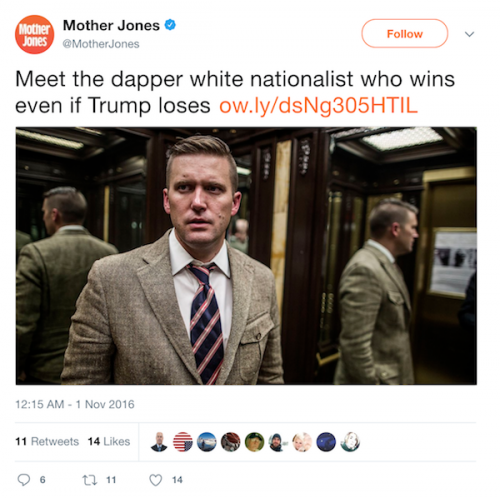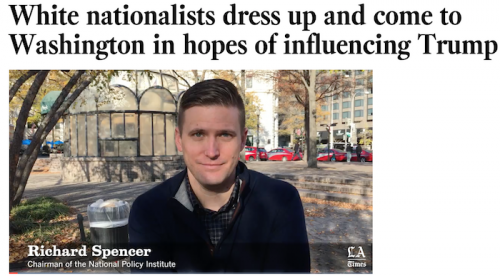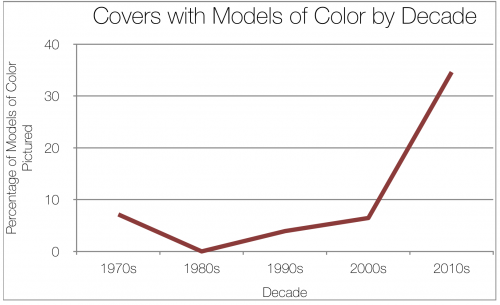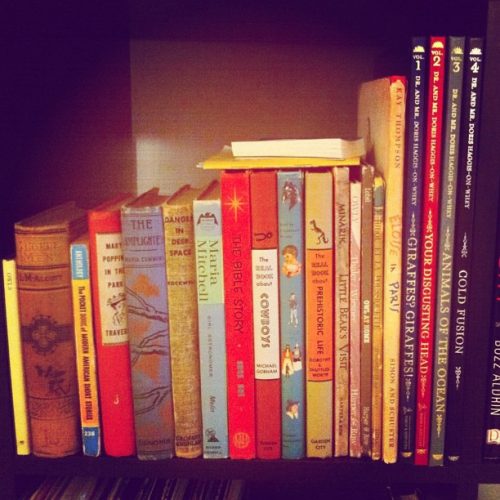
2017 was a big year for conversations about representation in popular media—what it means to tell stories that speak to people across race, gender, sexuality, ability, and more. Between the hits and the misses, there is clearly much more work to do. Representation is not just about who shows up on screen, but also about what kinds of stories get told and who gets to make them happen.
For example, many people are now familiar with “The Bechdel Test” as a pithy shortcut to check for women’s representation in movies. Now, proposals for a new Bechdel Test cover everything from the gender composition of a film’s crew to specific plot points.
These conversations are especially important for the stories we make for kids, because children pick up many assumptions about gender and race at a very young age. Now, new research published in Sociological Forum helps us better understand what kinds of stories we are telling when we seek out a diverse range of children’s books.
Krista Maywalt Aronson, Brenna D. Callahan, and Anne Sibley O’Brien wanted to look at the most common themes in children’s stories with characters from underrepresented racial and cultural groups. Using a special collection of picture books for grades K-3 from the Ladd Library at Bates College, the authors gathered a data set of 1,037 books published between 2008 and 2015 (see their full database here). They coded themes from the books to see which story arcs occurred most often, and what groups of characters were most represented in each theme.
The most common theme, occurring in 38% of these books, was what they called “beautiful life”—positive depictions of the everyday lives of the characters. Next up was the “every child” theme in which main characters came from different racial or ethnic backgrounds, but those backgrounds were not central to the plot. Along with biographies and folklore, these themes occurred more often than stories of oppression or cross-cultural interaction.
These themes tackle a specific kind of representation: putting characters from different racial and ethnic groups at the center of the story. This is a great start, but it also means that these books are more likely to display diversity, rather than showing it in action. For example, the authors write:
Latinx characters were overwhelmingly found in culturally particular books. This sets Latinx people apart as defined by a language and a culture distinct from mainstream America, and sometimes by connection to home countries.
They also note that the majority of these books are still created by white authors and illustrators, showing that there’s even more work to do behind the scenes. Representation matters, and this research shows us how more inclusive popular media can start young!
Evan Stewart is an assistant professor of sociology at University of Massachusetts Boston. You can follow his work at his website, on Twitter, or on BlueSky.


